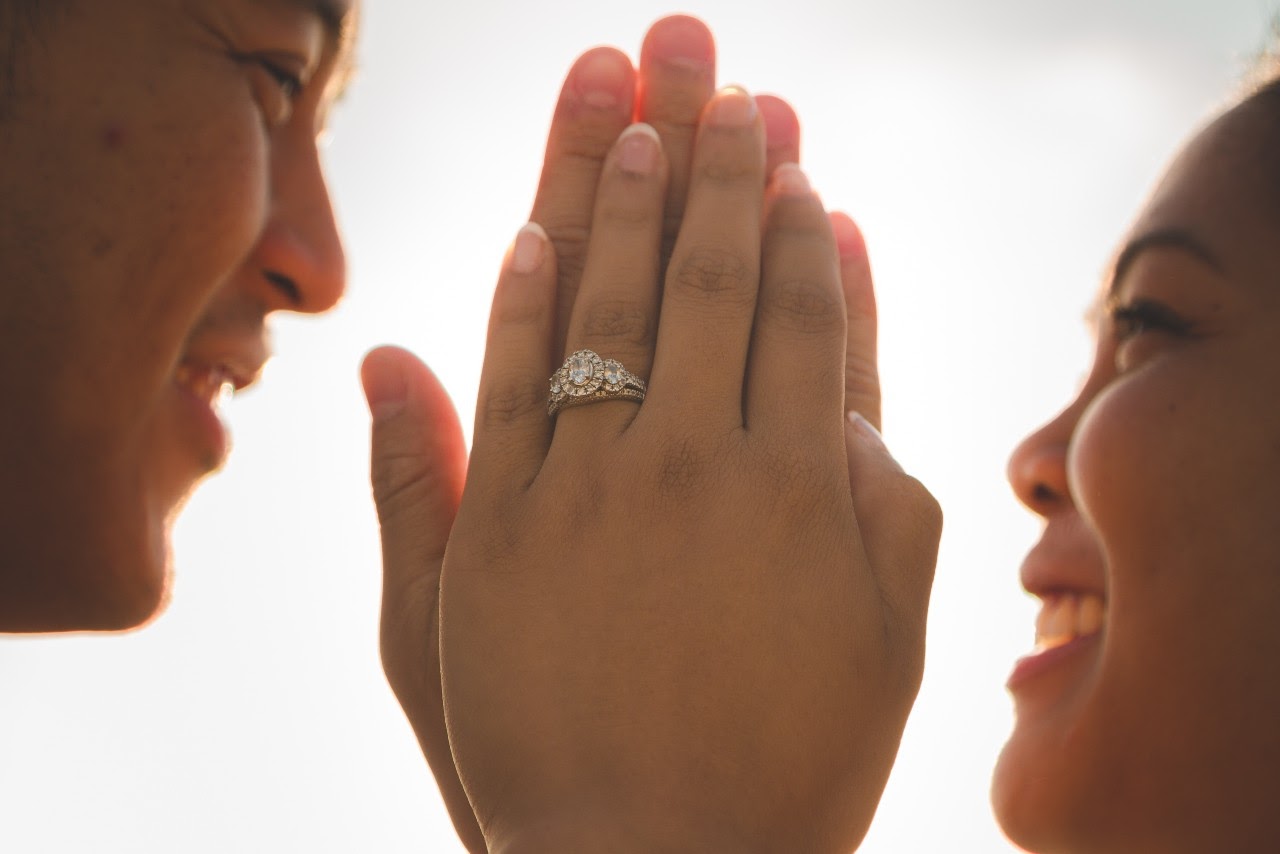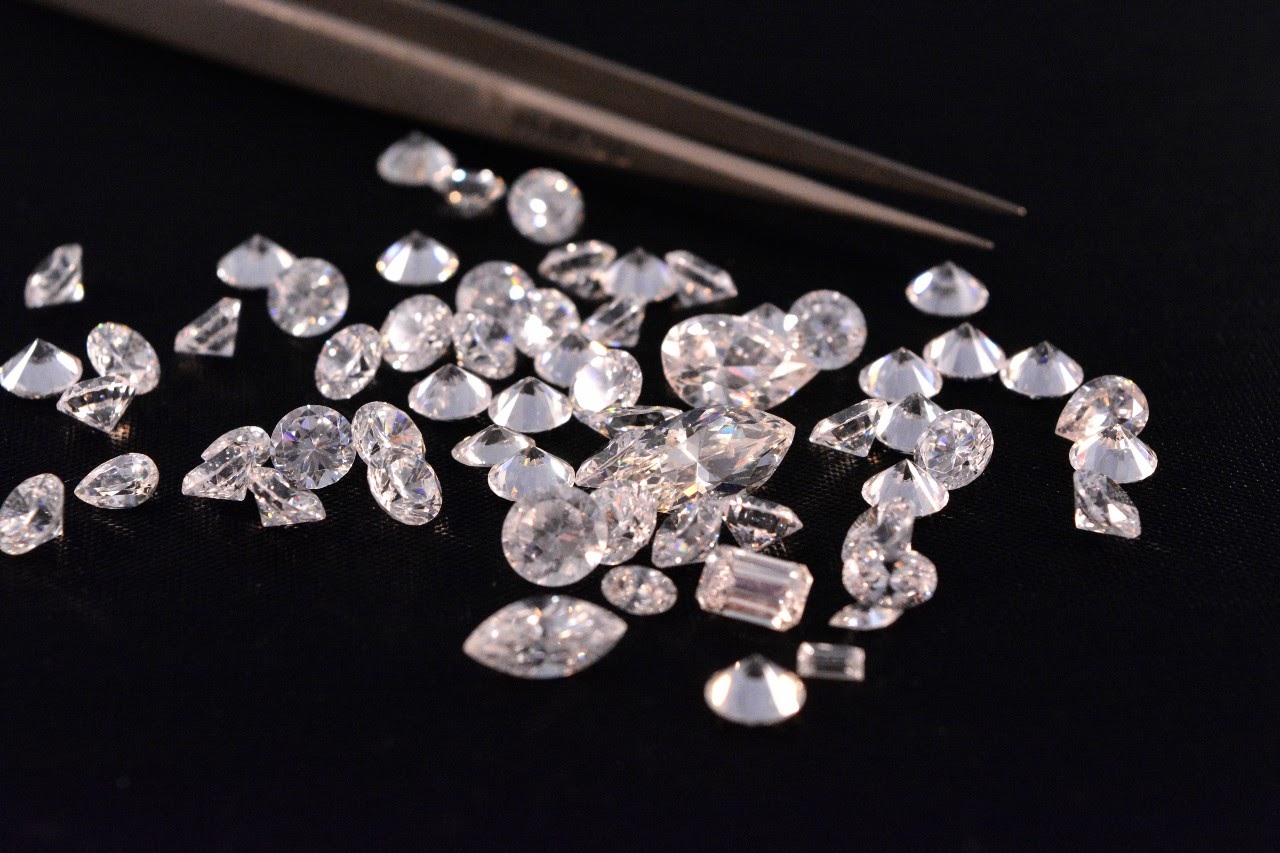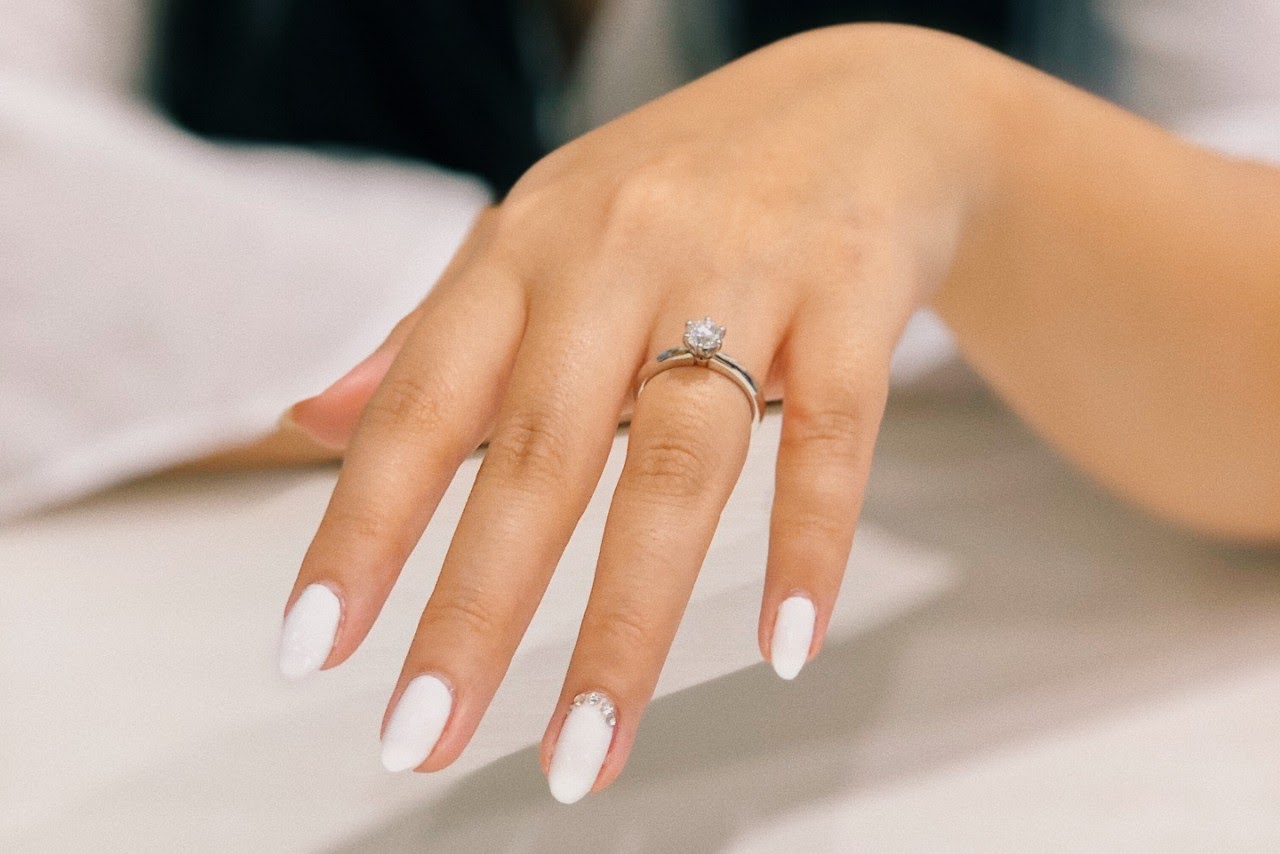How to Understand the Four C's of Diamonds
September 21st, 2020

Before you start shopping for that show stopping diamond, it's important to gain an understanding of the four C's: cut, color, clarity, and carat. These are well-known terms used wisely within the jewelry industry, as well as the standard way to measure the beauty, craftsmanship, and value of a diamond.
How do you know if a diamond with a high color grade, but a lower cut is a better choice than a diamond with a worse color grade and a better cut? You have to look at the whole picture before determining which one is the better deal. So let's put the four together and learn how we can start finding the best diamonds for the best prices.
Learn the Four: Cut, Color, Clarity, and Carat
Cut
The term 'diamond cut' refers to the quality of a diamond's proportions and symmetry. These elements determine how much light a diamond captures and reflects, as well as how much it sparkles against the light. This is a direct result of the skill and craftsmanship of the person who is shaping and cutting the diamond.
There are four grades of diamond cut; ideal, very good, good, and poor. If you compare two diamonds of different cut grades, you will see that the higher cut grade has significantly more sparkle. There will also be a difference in their prices, with the better cut grade having a higher retail average.
Of the four Cs, the cut is generally recognized as the most important element since it has the greatest impact on a diamond's appearance and overall quality. We recommend putting the highest priority on finding a high-quality cut grade as you're on the search for either the perfect diamond engagement ring or anniversary gift.

Clarity
Clarity refers to a diamond's natural inclusions or lack thereof. While small marks within a diamond are natural, their appearance can leave something to be desired if they are visible to the unaided eye.
The shape of a diamond can greatly affect the importance of its clarity grade. The facet patterns of the brilliant-cut diamond shapes such as round and princess can hide certain imperfections, whereas step-cut shapes such as emerald and Asscher have large, open tables that make inclusions more obvious.
The lowest clarity grade within the GIA diamond grading is SI2. These diamonds may have small visible inclusions. If you are eager for a step-cut diamond, we suggest a minimum clarity grade of VS2. If you want to ensure that your diamond will display a clean and stunning brilliance, a clarity grade of VVS2 or higher is recommended for all diamond shapes.
Color
Though it may seem counterintuitive, a diamond?s color grade was actually created to measure how little color it reflects. The diamond color grading scale begins with 'D' and ranges all the way down to a 'Z'. A diamond assigned a grade of 'D' has absolutely no color and looks pure white, even to a gemologist inspecting it carefully under a 10X magnifying glass.
On the other hand, a diamond assigned a grade of 'Z' looks more yellowish or brown. While diamonds in the 'colorless' category reflect the purest white light, it is hard for most consumers to see any color in the 'near-colorless' category as well.
That's why a 'near-colorless' diamond is a safe value choice if you plan to set it in yellow or rose gold jewelry since the warm color of the metal makes any yellowness in the diamond less noticeable. If you're looking for a pure white-colored diamond, select one high on the grading scale like D-H and set it in white or gold platinum.

Carat
Carat is the measure of how much a diamond weighs. It's also related to size in regards to how big the diamond looks, although it's not the only factor that determines its size. Depending on the shape, weight distribution, and cut quality, two diamonds with the same carat weight can be different sizes.
It's worth noting that some diamonds are cut solely with an emphasis on weight. These gems can sacrifice brilliance and symmetry in favor of delivering a larger carat figure. When you are ready to choose your carat weight for your diamond, remember that size is not everything. Cut grade strongly affects the quality and beauty of your diamond, as well as color and clarity.
For the best value, consider diamonds slightly lighter than the carat weight you initially had in mind. For example, if you're thinking about purchasing a one-carat diamond, consider diamonds at 0.95 to 0.99 as well. The difference in visual size will be small but the savings can be significant. You can use those savings to invest in a higher cut grade or a more lavish ring setting.
That's where our team of trusted expert advisors can show you and guide you easily to make the most informed decision. Our team is all non-commissioned so you can learn without pressure. The other most important aspect to keep in mind is that the certificate never tells the whole story. It gives you a snap shot but as diamonds are so unique, they must be viewed in person to see why they are different. We are here to ensure you're spending a reasonable amount of money and getting the highest quality pieces everytime.
Find the Finest with Lewis Jewelers
At Lewis Jewelers, the expert staff members are focused on helping you achieve your dream moment and find a piece of diamond jewelry that truly speaks to you. Whether you're shopping for an engagement ring, anniversary present, diamond earrings, or birthday gift, Lewis Jewelers is the perfect place to fulfill all of your jewelry needs.
Learn more about the 4 C's of diamonds and ensure you?re finding the perfect one for your engagement ring!

